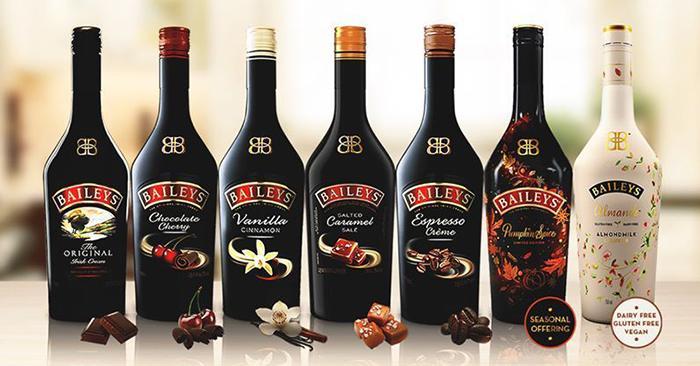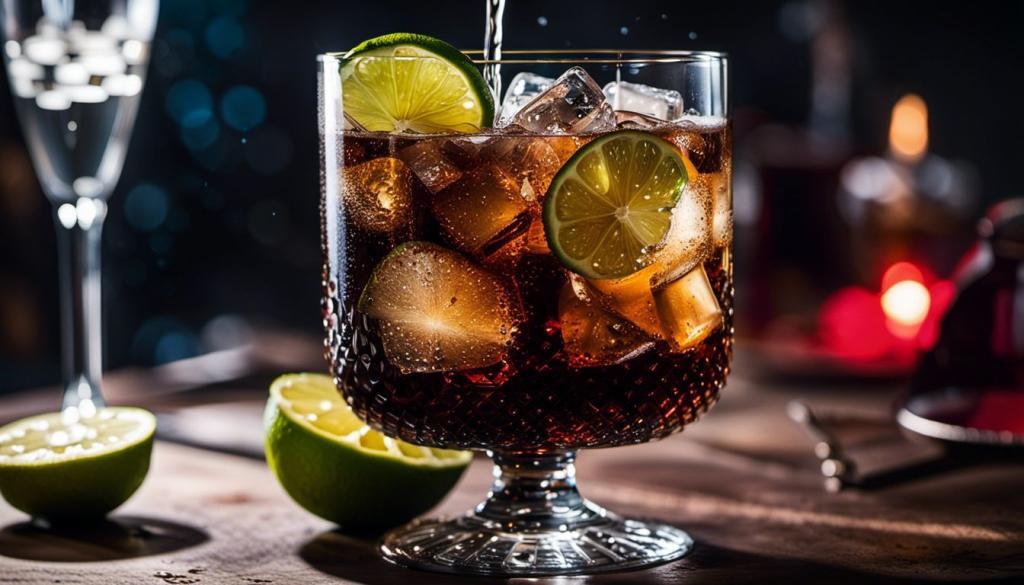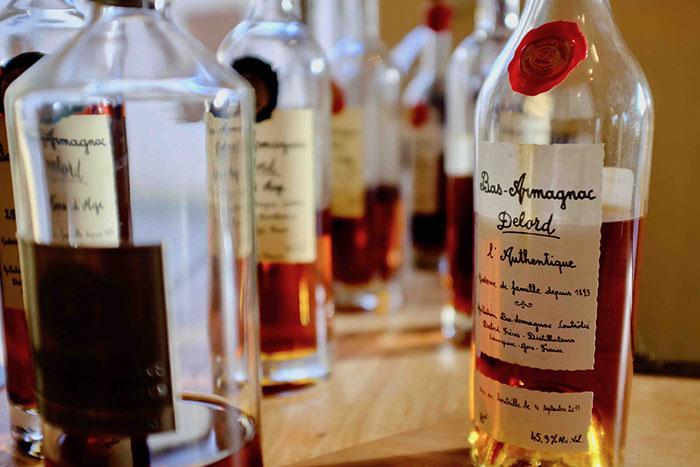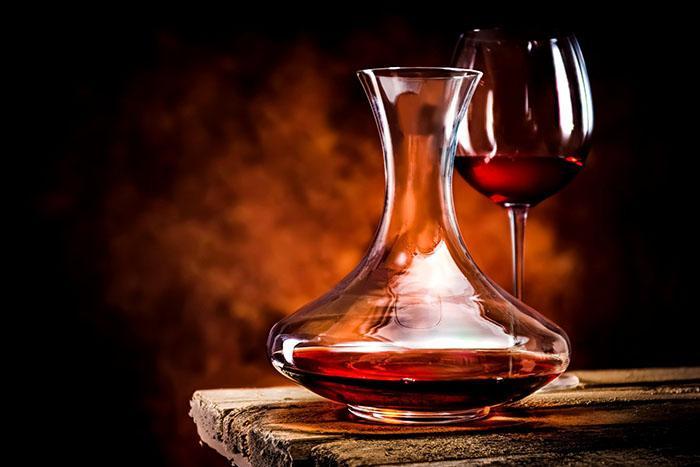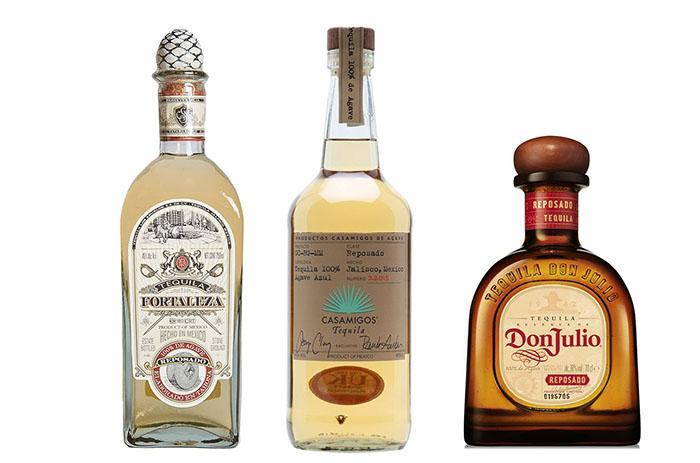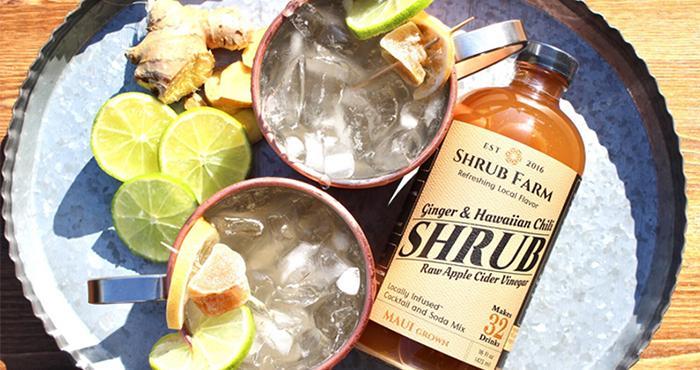Ever found yourself at the bar overwhelmed by the vast array of unfamiliar drinks on the menu?
One you might spot is Dubonnet, an aromatic French aperitif with roots dating back to 1846.
You Are Watching: What Is Dubonnet Updated 07/2025
In this article, we’ll demystify Dubonnet for you – exploring its history, ingredients and unique flavor profile.
Get ready to impress your friends next time when ordering a classic Dubonnet cocktail!
What Is Dubonnet?
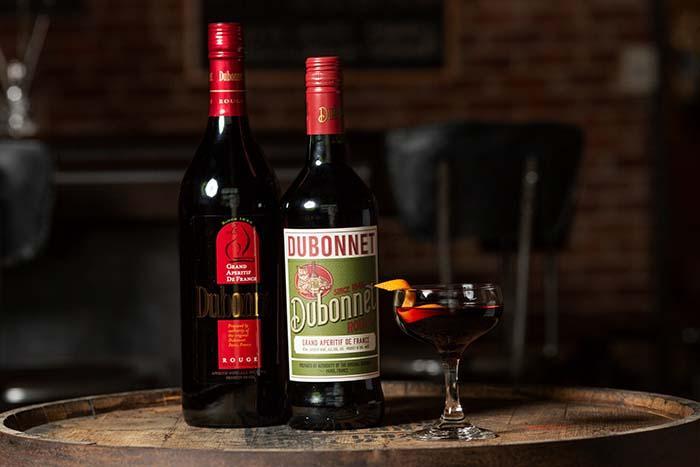
Definition and overview
Dubonnet is a cherished French classic, known for its rich blend and sweet taste. It’s an aromatized wine-based quinquina, a type of fortified drink containing the medicinal compound quinine.
The addition of select herbs and spices adds to Dubonnet’s distinctive flavor profile.
Invented by Parisian wine merchant and chemist Sir Joseph Dubonnet in 1846, this beverage was originally created to make quinine more palatable for soldiers suffering from malaria.
Today, it stands as a timeless aperitif that graces the shelves of local stores worldwide.
The flavor complexity comes from various ingredients including red grapes used in fermentation to create the alcohol content while maintaining its essence as an aromatized wine.
History of Dubonnet
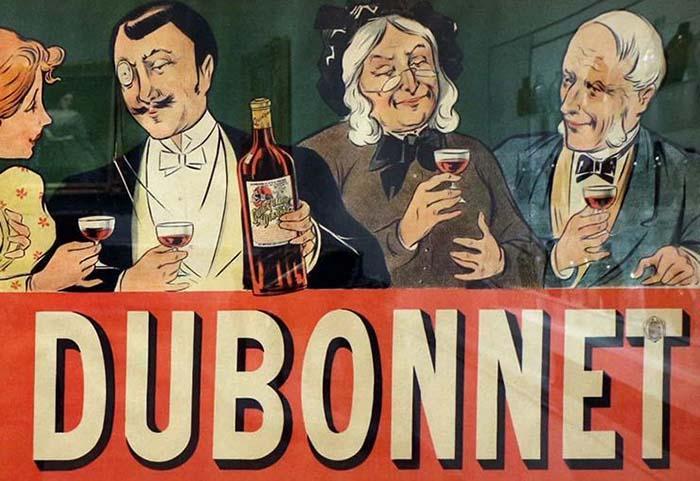
Origins and development
Dubonnet has a fascinating history that dates back to 1846. Created by Sir Joseph Dubonnet, a Parisian wine merchant and chemist, this sweet, aromatized wine-based quinquina was initially invented to make quinine more palatable for soldiers.
Since then, it has become a beloved staple in the world of aperitifs.
- Sir Joseph Dubonnet, a Parisian wine merchant and chemist, created Dubonnet in 1846.
- It was originally intended as a way to deliver the health benefits of quinine to French Foreign Legionnaires stationed in North Africa.
- Quinine is derived from cinchona bark and is known for its bitter taste but also its antimalarial properties.
- By adding fortified wine, herbs, spices, and a small amount of quinine to the formula, Sir Joseph Dubonnet succeeded in creating a delicious and refreshing blend.
- The popularity of Dubonnet quickly spread across France and then internationally.
- Over the years, various iterations of Dubonnet have been developed, including the classic red wine version known as Dubonnet Rouge.
- Today, Dubonnet is enjoyed not only as an aperitif on its own but also as an ingredient in cocktails like the gin and Dubonnet combination.
- With over 170 years of history behind it, Dubonnet has solidified its reputation as an authority on the aperitif tradition.
Popularity and cultural significance
Dubonnet has gained significant popularity and holds cultural significance in the world of aperitifs.
Read More : What Is Ale Updated 07/2025
For over 170 years, this sweet and aromatic wine-based quinquina has been enjoyed as a pre-dinner drink by enthusiasts across the globe.
Dubonnet’s rise to fame can be attributed to its rich history and association with the French aperitif culture.
It is often found in local fortified wine selections throughout France and has become an authority on the art of starting a meal with style.
Notably, Queen Elizabeth herself reportedly enjoys a glass of Dubonnet on the rocks with a slice of lemon during her evening downtime.
Beyond its popularity among connoisseurs, Dubonnet also holds cultural significance for its role in low-ABV cocktails.
The classic Dubonnet cocktail combines this red wine-based delight with gin for a refreshing libation that is both sophisticated and elegant.
Its fruity notes combined with hints of spice make it an ideal choice for those seeking lighter options without compromising on flavor.
Ingredients and Flavor Profile of Dubonnet
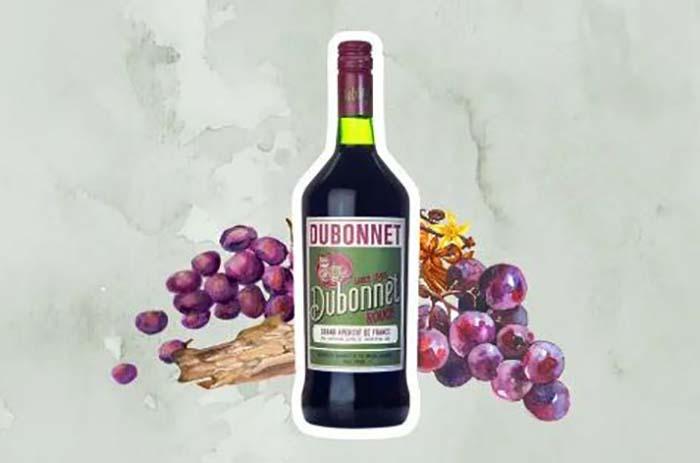
Blend of fortified wine, herbs, and spices
Dubonnet is a unique and flavorful aperitif that is made from a delightful blend of fortified wine, herbs, and spices.
This combination creates a rich and aromatic taste that sets Dubonnet apart from other drinks.
The fortified wine provides the base for this drink, giving it a robust and full-bodied character. The addition of carefully selected herbs and spices adds depth and complexity to its flavor profile.
With just one sip, you can taste the perfect balance of sweet notes intertwined with hints of exotic spices.
It’s no wonder why Dubonnet has become such a beloved choice among those who appreciate fine drinks with distinct flavors.
Dubonnet Rouge, in particular, stands out as an aromatic fortified red wine infused with quinine, making it an excellent choice for creating classic cocktails like the famous Dubonnet cocktail.
Sweet and aromatic taste
Read More : What Is Dry Vermouth Updated 07/2025
Dubonnet is known for its delightful combination of sweet and aromatic flavors.
The fortified wine base, infused with a blend of carefully selected herbs and spices, creates a unique taste that is both rich and refreshing.
With notes of fruit zest and a hint of bitterness from the quinine content, Dubonnet offers a well-balanced profile that appeals to the senses.
Whether sipped on its own as an aperitif or mixed into cocktails like the classic gin and Dubonnet combination, this French quinine-based libation provides a satisfyingly sweet experience that’s perfect for indulging in low-alcohol cocktails or enjoying as part of your evening ritual.
How to Enjoy Dubonnet
As an aperitif
Dubonnet is a popular choice for those seeking a low-alcohol option during their pre-dinner drink. As an aperitif, Dubonnet offers a sweet and aromatic taste that pairs well with the start of any meal.
Made from red grapes and fermented with herbs and spices, this French fortified wine combines flavors that are both complex and inviting.
It can be enjoyed on its own, served chilled over ice, or mixed into cocktails like the classic gin and Dubonnet combination.
Boasting a rich history dating back to 1846, Dubonnet has been trusted as a go-to option in the world of aperitifs for over 170 years.
With its unique blend of ingredients and distinct flavor profile, it’s no wonder why this famous Parisian quinquina continues to captivate alcohol enthusiasts around the globe.
In cocktails and mixed drinks
Dubonnet is not just enjoyed on its own as an aperitif, but it also makes a fantastic addition to cocktails and mixed drinks.
Here are some ideas on how to make the most of this versatile French quinine-based aperitif:
- Classic Dubonnet Cocktail: Mix equal parts Dubonnet Rouge and gin over ice in a glass. Stir well, strain into a chilled cocktail glass, and garnish with a twist of lemon or orange zest for a refreshing and sophisticated drink.
- Dubonnet Spritz: Combine 1 part Dubonnet Rouge with 2 parts sparkling water or club soda in a wine glass filled with ice. Squeeze in some fresh citrus juice like lemon or orange, and garnish with a slice of fruit for an effervescent and low-alcohol option.
- Royal Dubonnet: This elegant cocktail is fit for royalty! Fill two-thirds of a Champagne flute with chilled Dubonnet Rouge, then top it up with your favorite dry sparkling wine. Add a twist of lemon peel for that extra touch of class.
- Cassis Dubonnet: For something fruity and sweet, try mixing 1 part Dubonnet Rouge with 1 part Cassis liqueur over ice in an old-fashioned glass. Stir gently, add a splash of soda water if desired, and finish it off with a lemon twist.
- Wine-based Cocktails: Use Dubonnet as a substitute for vermouth in classic cocktails like the Negroni or Manhattan. Its rich flavors and herbal notes add depth to these well-known favorites.
Conclusion
In conclusion, Dubonnet is a delightful French aperitif that has been enjoyed for over 170 years.
Made from a blend of fortified wine, herbs, and spices, it offers a sweet and aromatic taste that makes it perfect for low-ABV cocktails or as an indulgent standalone drink.
Whether you’re sipping on a classic Dubonnet cocktail or enjoying it on the rocks, this wine-based quinquina is sure to elevate your drinking experience with its rich flavors and cultural significance.
Cheers to discovering the pleasure of Dubonnet!
Sources: https://chesbrewco.com
Category: Wine

